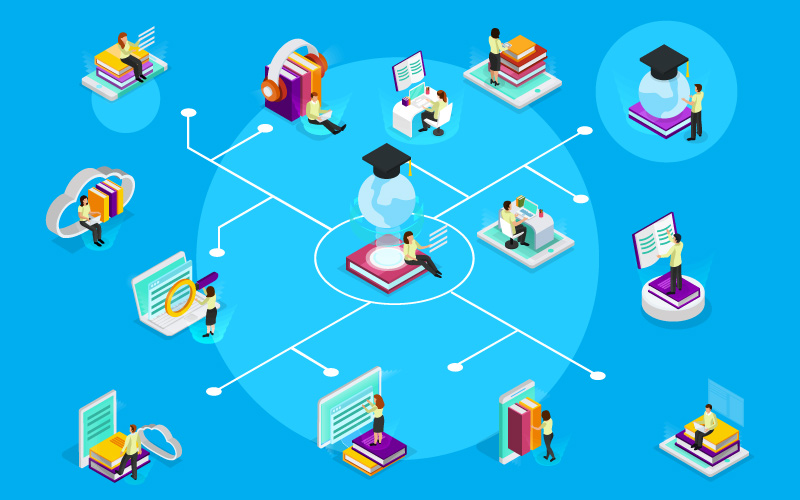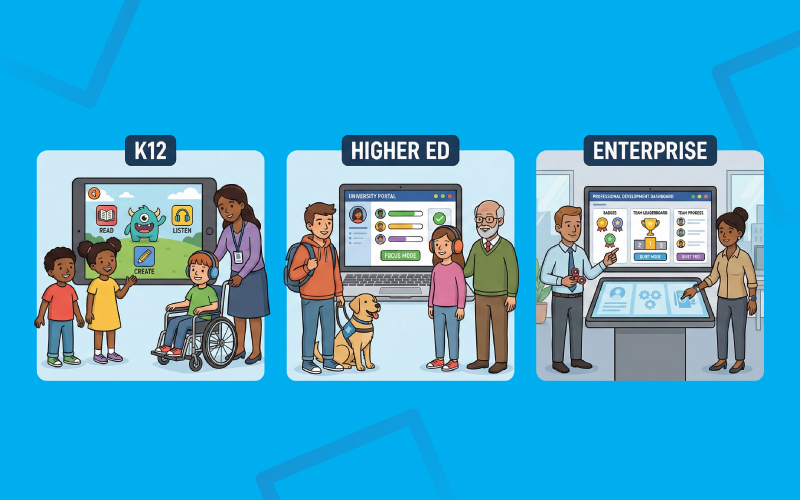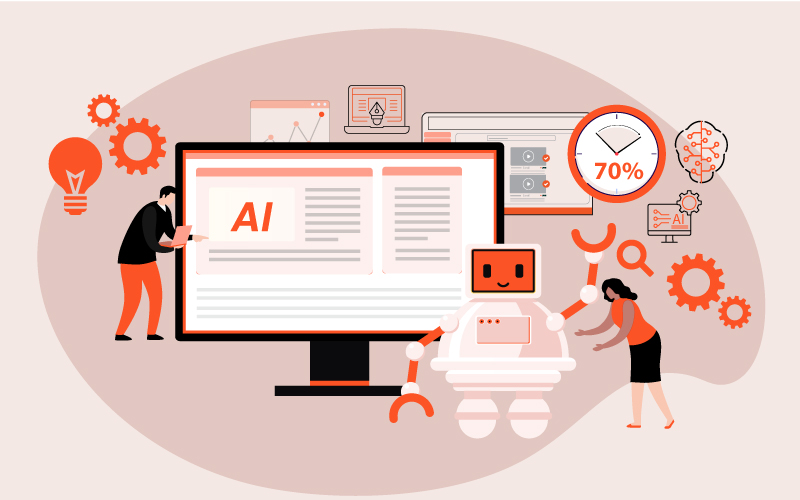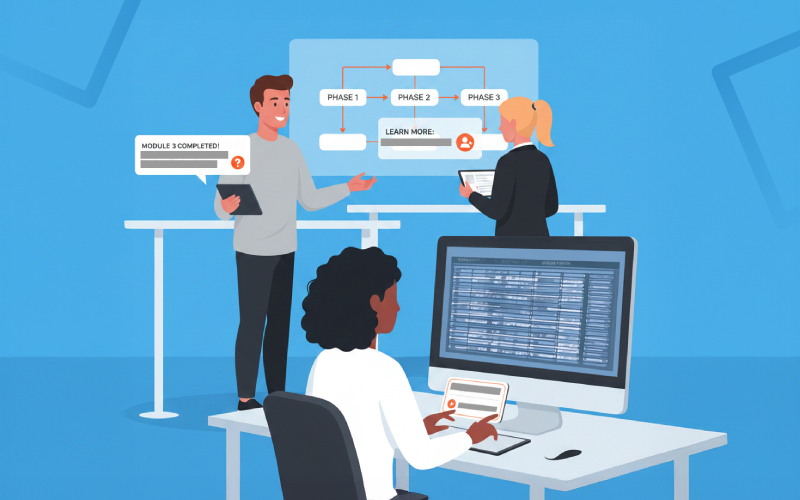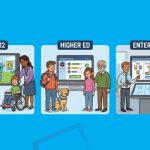Latest Posts
Tags
Accessibility AI AR benefits of eLearning BFSI CE CME compliance training programs Content Development Continuing Education Corporate CPD custom eLearning content development custom elearning development services custom eLearning solution custom eLearning solutions Cybersecurity digital content development digital learning digital learning in education eLearning eLearning authoring tools elearning content development elearning content providers elearning development company elearn solutions Game-based learning Gamification Healthcare Higher Ed Higher Education K12 K12 eLearning K12 Learning L&D Microlearning staff augmentation services staff augmentation vs consulting STEM Training Transportation virtual instructor led training VR WCAG what is staff augmentation



